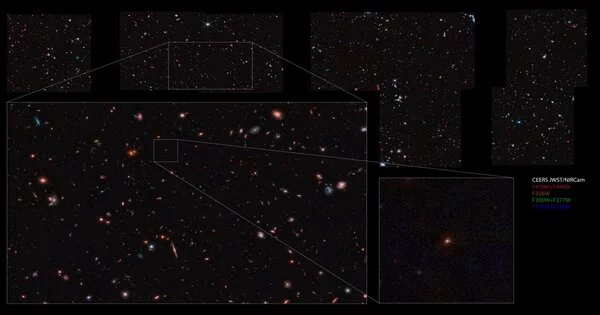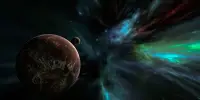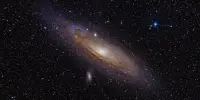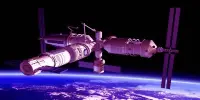New images from NASA’s James Webb Space Telescope show what could be one of the universe’s oldest galaxies. The images date back more than 13 billion years, and one has a much larger field of view than Webb’s First Deep Field image. The images are among the first to emerge from a large collaboration of astronomers and other academic researchers working with NASA and global partners to learn more about the universe.
The images were obtained from The University of Texas at Austin’s Cosmic Evolution Early Release Science Survey (CEERS). Jeyhan Kartaltepe, an associate professor in the School of Physics and Astronomy at Rochester Institute of Technology, is one of 18 co-investigators from 12 institutions, as well as more than 100 collaborators from the United States and nine other countries. CEERS researchers are investigating how some of the universe’s earliest galaxies formed when the universe was only 5% of its current age, a period known as reionization, and how galaxies evolved between then and now.
The team has identified one particularly exciting object, which they estimate is still being observed 290 million years after the Big Bang. This is referred to as a z14 redshift by astronomers.
These images are exciting because the sheer number of these really high redshift galaxy candidates is larger than we expected. We knew we’d find some, but I don’t think anybody thought we’d find as many as we have. It either means the universe works a little bit differently than we thought or there’s a lot of other contaminating sources and these candidates will turn out to be something else. The reality is probably a mix of both.
Jeyhan Kartaltepe
The discovery was made public on the preprint server arXiv and is currently awaiting publication in a peer-reviewed journal. If the discovery is confirmed, it will be one of the earliest galaxies ever discovered, indicating that galaxies began to form much earlier than many astronomers previously thought.
The unprecedentedly sharp images reveal a flurry of complex galaxies evolving over time – some elegantly mature pinwheels, others blobby toddlers, still others gauzy swirls of do-si-doing neighbors. The images, which took about 24 hours to collect, are from a patch of sky near the handle of the Big Dipper, a constellation formally named Ursa Major. This same area of sky was observed previously by the Hubble Space Telescope, as seen in the Extended Groth Strip.
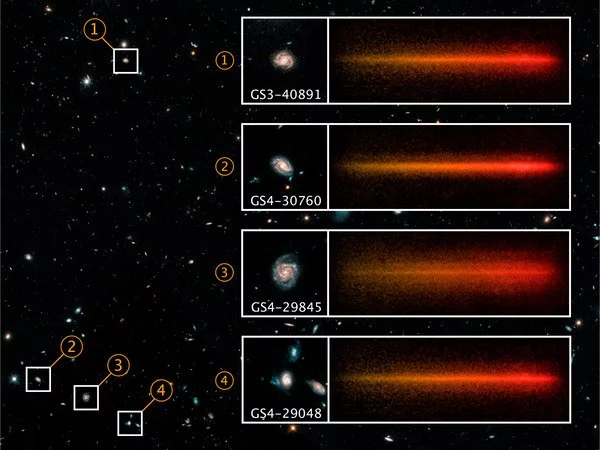
“These images are exciting because the sheer number of these really high redshift galaxy candidates is larger than we expected,” said Kartaltepe. “We knew we’d find some, but I don’t think anybody thought we’d find as many as we have. It either means the universe works a little bit differently than we thought or there’s a lot of other contaminating sources and these candidates will turn out to be something else. The reality is probably a mix of both.”
Kartaltepe plays several key roles in the survey, including morphology (measuring the shapes and sizes of galaxies and studying how their structures evolved) and setting up and analyzing spectroscopic observations of distant galaxies with the NIRSpec instrument. Three of her Ph.D. students in astrophysical sciences and technology, Isabella Cox, Caitlin Rose, and Brittany Vanderhoof, were involved in the survey and data analysis.
More than 60 hours of telescope time will be required for the entire CEERS program. In December, much more imaging data will be collected, as well as spectroscopic measurements of hundreds of distant galaxies.
Kartaltepe is also the principal investigator of COSMOS-Web, the largest General Observer program chosen for the first year of the JWST. COSMOS-Web will survey half a million galaxies with multi-band, high-resolution near infrared imaging and an unprecedented 32,000 galaxies in mid infrared over the course of 218 observing hours. JWST is scheduled to begin collecting data for COSMOS-Web in December.
